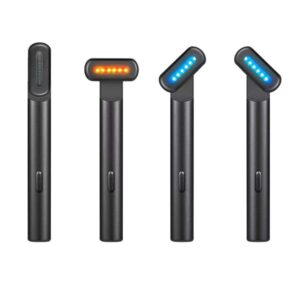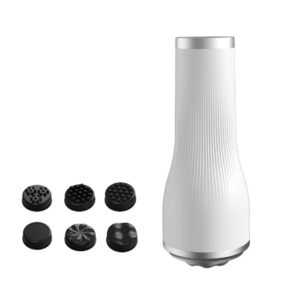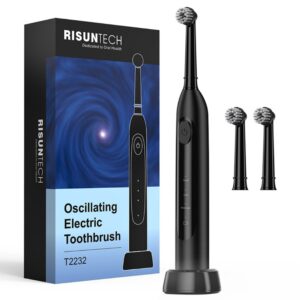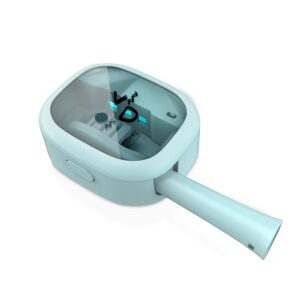Summary
The choice between flat irons and straightening combs is a pivotal consideration for individuals seeking to achieve sleek, polished hairstyles. Flat irons, which utilize two heated plates, are renowned for their ability to deliver high temperatures, making them particularly effective for managing coarse or curly hair. In contrast, straightening combs, also known as hot combs, employ heated bristles to straighten hair while simultaneously detangling it, offering a user-friendly option for quick styling. This comparison highlights the distinct functionalities and advantages of each tool, catering to various hair types and styling preferences.
Notably, flat irons provide versatility, enabling users to create diverse styles—from ultra-straight looks to soft waves—while allowing for greater heat control through adjustable temperature settings. However, they come with a risk of hair damage due to the direct application of heat, especially at high temperatures. Straightening combs, on the other hand, often operate at lower heat settings, which may help preserve the hair’s natural texture and minimize the risk of excessive dryness. This makes them particularly appealing for those who prioritize hair health alongside styling efficiency.
Consumer preferences play a significant role in determining the right tool for individual needs, as factors such as hair type, desired results, and health considerations heavily influence decision-making. With the hair care appliance market projected to reach approximately $18 billion by 2025, understanding these preferences becomes crucial for brands aiming to capture and retain customers in a competitive landscape. Additionally, growing awareness of hair health and the demand for eco-friendly products further complicate the landscape, prompting consumers to seek tools that prioritize safety and sustainability.
In summary, the decision between a flat iron and a straightening comb involves assessing personal hair characteristics and styling goals. While both tools serve the primary function of straightening hair, their distinct advantages and potential drawbacks necessitate careful consideration by consumers to select the most suitable option for their unique styling needs.
Table of Contents
Flat Iron
Flat irons are a popular choice for hair straightening due to their ability to reach higher temperatures compared to straightening brushes. This characteristic makes them particularly suitable for individuals with coarse or curly hair, as the intense heat is more effective in smoothing out these hair types.
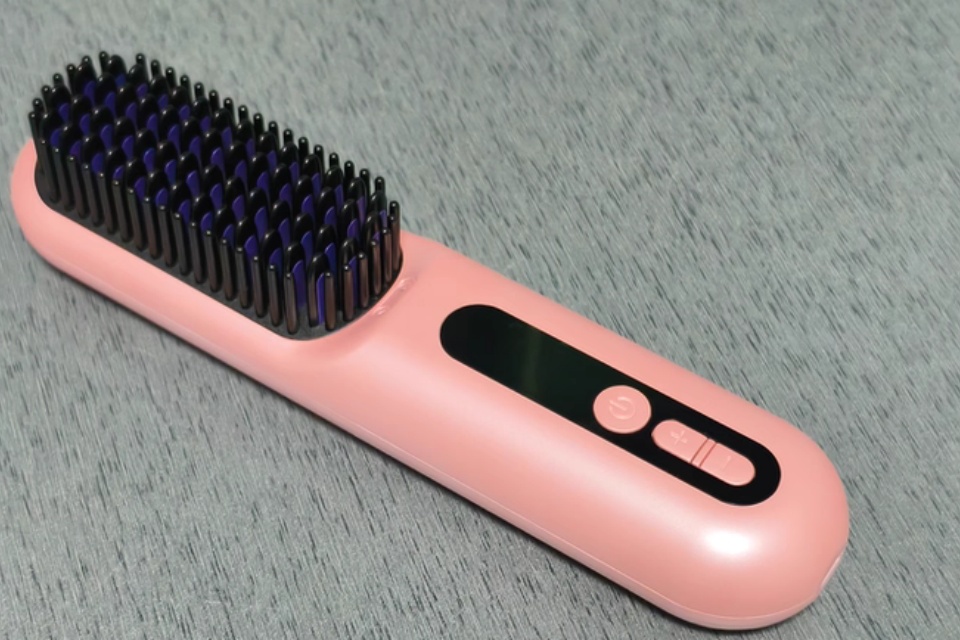
Straightening Comb
Straightening combs, often referred to as hot combs, are hair styling tools designed to straighten hair using heated bristles. Unlike flat irons, which employ two heated plates, hot combs resemble traditional combs but incorporate heated metal or ceramic bristles that can straighten hair more thoroughly and efficiently.
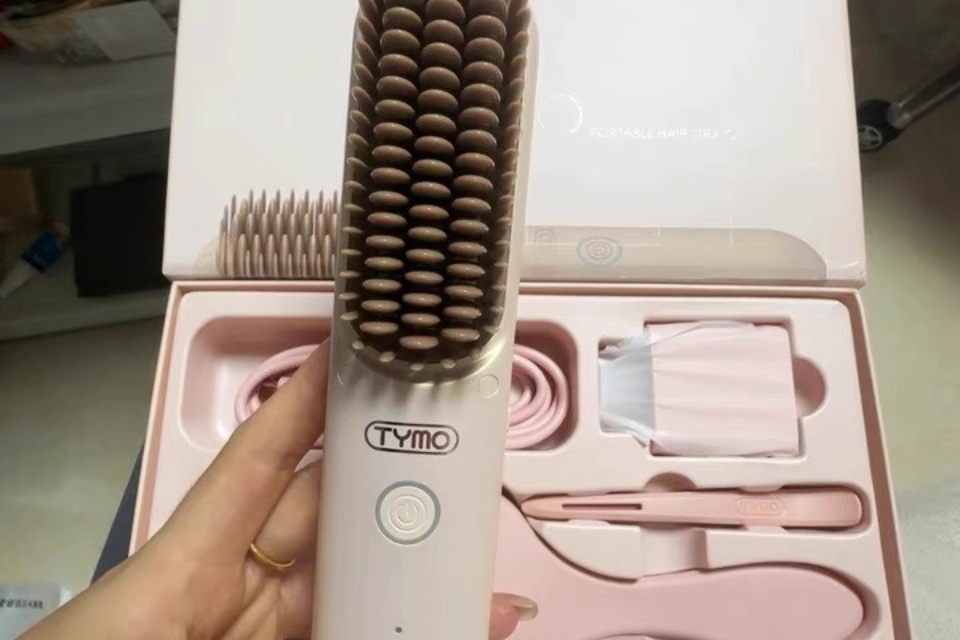
Comparison of Flat Iron and Straightening Comb
Overview of Tools
Hair straightening tools are essential for achieving sleek and polished hairstyles. Among the most popular options are flat irons and straightening combs, each offering distinct features and benefits tailored to different hair types and styling needs.
Flat Iron
A flat iron is designed to straighten hair by applying heat through two heated plates. It can not only achieve straight hair but also create curls, providing versatility in styling. Flat irons are particularly effective for coarse or tightly curled textures, as they allow for greater heat control and precision when styling. Many flat irons come with adjustable temperature settings, enabling users to choose the appropriate heat level for their hair type, thus reducing the risk of damage.
Straightening Comb
In contrast, a straightening comb, often equipped with built-in heating elements, functions as a standalone tool. This device features teeth that help detangle and straighten hair simultaneously, making it a user-friendly option for those seeking quick styling results. The flat iron comb attachment enhances an existing flat iron by guiding hair strands through the heated plates, ensuring added tension and smoothness during the straightening process. While both tools can be effective, the straightening comb is particularly suitable for individuals who prioritize ease of use and time efficiency.
Key Differences
One of the main differences between these tools lies in their application methods. The flat iron provides direct heat to both sides of the hair strand, which can lead to a smoother finish when used properly. However, this method may require more time and technique to master. On the other hand, the straightening comb’s design allows for more straightforward, brushing-like movements, which can simplify the styling process, particularly for those with wavy or curly hair.
Another significant difference is the potential for hair damage. Continuous use of flat irons, especially at high temperatures (above 400°F or 200°C), can weaken hair, leading to breakage and thinning. Conversely, straightening combs typically utilize lower heat settings, which may help preserve the hair’s natural texture and reduce excessive dryness.
Customer Preferences
When it comes to choosing between flat irons and straightening combs, customer preferences play a significant role in determining the right tool for individual hair types and styling needs. Each tool has its unique advantages and disadvantages, which can influence consumer decisions based on personal requirements and hair characteristics.
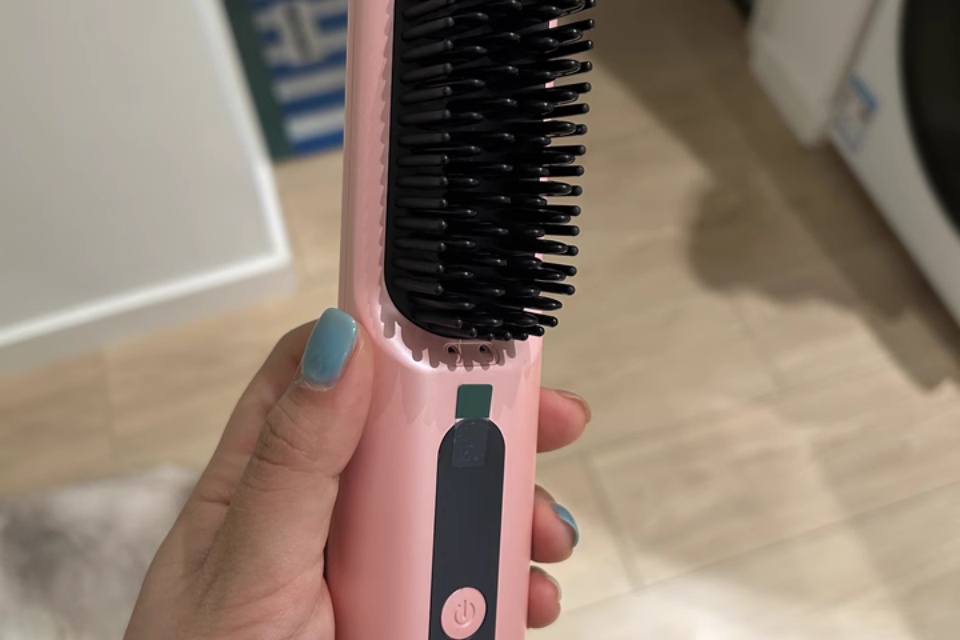
Key Considerations in Tool Selection
Hair Type and Texture
The choice of straightening tool often hinges on the user’s hair type and texture. For instance, individuals with thick or curly hair may prefer flat irons for their ability to deliver high heat and achieve a sleek finish, while those with finer or more delicate hair might opt for straightening combs, which can provide a gentler styling option.
Desired Style and Results
Consumers also consider the desired style and results when selecting a tool. Flat irons are favored for their versatility and ability to create a variety of looks, from ultra-straight to soft waves, making them popular among those seeking diverse styling options. Conversely, straightening combs offer ease of use and a more natural, smooth finish, which may appeal to those looking for a quick and straightforward styling solution.
Health and Hair Care Concerns
Growing awareness regarding hair health has led many consumers to seek products that prioritize safety and minimize damage. Reports suggest that nearly 70% of consumers prioritize safety certifications when purchasing beauty products, underscoring the importance of transparency and compliance in brand offerings. Consequently, brands that emphasize the health benefits of their tools, such as even heat distribution and lower temperature settings, may attract more customers who are health-conscious about their hair care routines.
Pricing Strategies and Market Trends
As the hair care appliance market is projected to reach around $18 billion by 2025, pricing strategies become crucial for brands aiming to capture different consumer segments effectively. Strategies like value-based pricing, competitive pricing, and psychological pricing are essential for appealing to various demographics while balancing quality and affordability. By understanding consumer preferences and aligning their pricing strategies accordingly, brands can foster loyalty and enhance their market presence.
Recommendations for Consumers
When considering the best hair straightening tool for individual needs, consumers should take into account their hair type, styling preferences, and the potential impact on hair health. Both flat irons and straightening combs serve the primary function of straightening hair, yet they offer distinct advantages and disadvantages based on the user’s specific requirements.
Hair Type Considerations
Flat Irons
Flat irons are often recommended for individuals with fine or thin hair, as they can effectively provide the sleek look desired without excessive heat exposure. The design of flat irons allows for even heat distribution, which is crucial for minimizing damage. It is advisable to select high-quality tools made with ceramic or tourmaline plates, as these materials help to reduce the risk of overheating and potential harm to the hair strands.
Straightening Combs
Straightening combs may be more suitable for thicker or coarser hair types, as they can glide through the hair more easily and often require less direct heat to achieve straightening results. Additionally, these tools can provide more versatility in styling and can also be less damaging when used correctly.
Protective Measures
Regardless of the tool chosen, using a heat protectant is essential to safeguard hair from damage caused by heat styling. These products create a protective barrier around the hair, reducing moisture loss and helping to maintain overall hair health. Consumers should look for heat protectants that offer additional benefits such as frizz control, shine enhancement, and humidity resistance.
Price and Value Considerations
In today’s market, value-based pricing strategies can help consumers find hair straightening tools that offer a balance between quality and affordability. Brands that offer transparency about their pricing, safety certifications, and the environmental impact of their products may attract more conscientious consumers, who increasingly prioritize eco-friendly and sustainable options.



